Efficient invoices make managing any 3PL company more accessible and more efficient. It is the focus on improving and controlling cash flows since the companies are dealing with more complicated and longer supply chains. Since this function is directly linked to a business’s cash flow, techniques must be used to ease it. In doing so, the company can prevent potential issues such as late payments and other inefficiencies that may harm both the 3PL company and the shipper. There are so many critical issues related to the invoicing process of 3PL companies; therefore, in this blog, you will learn some recommendations for increasing efficiency. In addition, we will consider a real-life case that showcases how optimising the invoicing process using automation and analytical data can dramatically improve cash management.
Common Invoicing Challenges for 3PL Companies
The actual invoicing in 3PL companies is challenging because it must cover several services, pricing structures and client specifications. According to a survey conducted by Atradius, the leading cause of 61% of late payments is invoicing mistakes, and this damage can be very catastrophic to a 3PL’s cash flow. Some of the significant challenges are:
Inaccurate Data
Another leading cause of invoicing delays is entering wrong data, intentionally or unintentionally. Some things could be corrected in service description, quantity, or rates because the data is entered manually. When there is a billing information error, individuals may disagree and hold on to payments, which, in any event, affects the company’s cash flow. However, with Prolog Fulfilment, this is not an issue.
Delayed Invoices
It is also because 3PL companies may take longer to produce their invoices due to significant business turnover or internal complications. Delayed invoicing results in delayed payments, and when the costs pile up, it causes financial pressure. With Prolog Fulfilment, delayed invoices are not an issue.
Complex Billing Structures
A complicated fee structure is common for 3PL companies because of their different services, including warehousing, transportation, packaging, etc. Handling such different rates is quite cumbersome and even time-consuming. Thus, the process of issuing invoices is also delayed.
Manual Invoicing Processes
Non-automated invoicing involves preparing invoices by various means, such as Word or Excel documentation, which tends to be time-consuming, prone to errors, and need to be more flexible for large volumes. According to a study by PYMNTS.com, large companies manually process invoices with an invoice processing time of 3-5 days more than businesses with automated invoicing systems. Besides, manual operations have higher chances of error, hence more complaints and delayed payments.
Invoice Disputes
The difference between the services provided and the amount charged is usually contentious. If addressed promptly, the assembly of these disputes can ensure timely payment dates, drastically affecting cash flow. Abnormality in charging and formatting results in disagreement; hence, it should be done efficiently without errors.
How Automated Invoicing Helps Overcome Challenges
Automation is the breakthrough of 3PL companies as it enables the correction of errors, expedites payments’ collection time, and enhances cash flow. Thus, 65% of the midpoint organisations spend approximately 14 hours pursuing debt per week, which is different when utilising automation. Let’s discuss the benefits of invoicing automation and some crucial ways in which automating invoicing systems can help to improve 3PL invoicing:
Increased Accuracy
The third advantage of auto systems is that automation of data processing saves time, otherwise spent on manual operations and data entry, which, for the most part, can be inaccurate. These systems tie into other business applications, including WMS and TMS, to help guarantee that the invoices are based on real-time data.
For example, by doing this, a 3PL company had a clear result of a 70% decline in errors in invoicing within six months and few client protests to result in faster payments.
Faster Processing
Progable systems may enable the creation of invoices for service delivery by minimising the time between service delivery and invoice creation. This results in speeding up payments and efficient cash flow management. Business organisations that have integrated their invoices note that they take 25% less time to be paid than organisations embracing traditional manual invoice processing methods.
Reduced Paperwork
This means that automation comes in handy to eliminate paperwork, freeing staff to concentrate on other important business tasks. It also eliminates the dangers of misfiling the invoices, making the work easier.
Enhanced Tracking and Reporting
Automated invoicing systems always have tracking and reporting tools that help 3PL companies track open invoices, status payments, and patterns such as delays or controversies in payments. When these factors are identified, more businesses can act to prevent payment, which is delayed for various reasons.
Improved Compliance
Automated writing of invoices can help avoid any legal provision violation that may attract the law and lead to lawsuits. Sage also did research that revealed that 87% of businesses that adopt automated invoicing enjoy increased efficiency in delivery and processing, better cash flow, and reduced incidence of delayed payment.
Steps For Accurate Invoicing
Accuracy is the foundation of a successful invoicing process. Here are several steps that will help companies to improve invoicing accuracy:
Standardise Invoice Templates
Using a standardised form of invoices makes ensuring uniformity in all transactions more accessible. Such templates should include spaces for vital aspects like clients, specific services, and rates. Using a template means that there will be limited opportunities for mistakes to be made. In addition, the review process of each agreement is simplified between the 3PL and the client.
Verify Billing Details
Verify all the things that need to be billed before issuing an invoice. Ensure that the described services, quantity, and rate are all per the agreed contract. There is always a possibility of some discrepancies that could be detected at the pre-invoice stage, thus reducing delays and possible rejections.
Implement a Review Process
Implement a system of checking that requires one or more team members to review an invoice before it is issued to the client. Mentioned a small example – an error might form the basis of a dispute while entering the numbers, so there is a step to review the results.
Link ALL Other Business Systems
Your invoicing system should be highly compatible with other business applications, such as warehousing and accounting. Integration ensures that all the systems co-relate and also provides up-to-date information, which helps minimise errors.
Set Up Recurring Invoices
Create invoice templates for the more frequent users of your service, such as subscriptions, to avoid billing inconvenience. Recurrent invoices are always helpful since they do not have to be generated manually and make the company’s cash flow regular.
The Role of Data Analytics in Invoicing
Data analytics for invoicing have untapped potential, as they can improve overall payment patterns, cash flow, and client activities.
- Identify Trends: Looking into the invoicing data, it will be easier to see, for instance, that some clients pay after delaying their payments frequently, the inclination of clients to dispute the payable amount, or clients who pay promptly. The findings of this study can guide strategies for optimising invoicing and payment processes.
- Optimise Payment Terms: Employ the information derived from data analysis to offer flexible payment terms, bearing in mind the client’s behaviour. For instance, a company can provide early payment discounts or change payment terms unfavourably for clients who pay slowly to enhance cash flow.
- Improve Cash Flow Forecasting: Data analytics will give a more accurate view of when the payments will most likely be expected so you can act appropriately for the cash flow surprises. Forecasts enable 3PL companies to fashion their working capital appropriately to meet daily operational costs incurred.
How to Handle Invoice Disputes
Even the most optimally integrated systems will always have conflicting situations. Here’s how to handle them effectively:
- Address Disputes Immediately: There is always a likelihood of reaching escalated levels, which, therefore, shows why it is essential to pay attention to invoice disputes by providing prompt responses. These speeds of dispute-solving are critical because delays in solving such differences may result in more delays in supplier payments and, thus, a challenge to client relationships.
- Communicate Clearly: Regular communication with clients should be established, and where there is disagreement, clarification and supporting paperwork should be shared with the clients to enable quick resolution of the issue. There is always the risk of long-term conflict, and transparency will help repair the business relationship with a client.
- Negotiate Solutions: Try to convince the client that you should submit your dispute to amicable resolution while you get your money. This can sometimes entail giving a small, let us say, concession relating to price or developing other modes of payment that all the parties in question wish to accept.
Conclusion
Streamlining that business’s accounts receivable is a vital cash flow management procedure for organisations that act as third-party logistics providers. This is part of their functionality as an organisation. Critical concerns like automating invoicing, offering account everyday challenges, and integrating data analyses will enhance efficiency, accuracy, and financial status. Also, the efficient management of the conflict and constant process optimisation concerning the identified debtors help in compliance with timely payments and economic balance.







